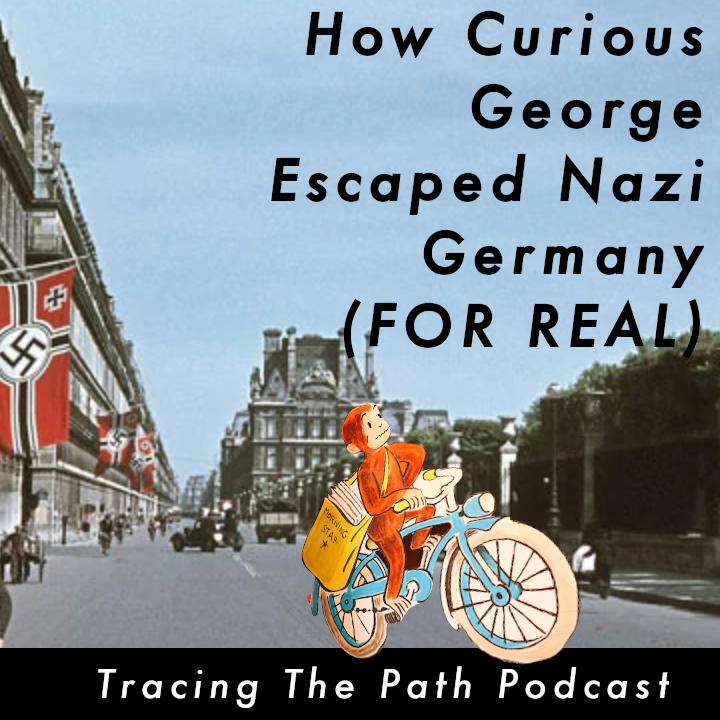
How Curious George Escaped Nazi Germany
This episode tells the story of H.A. and Margaret Rey, the creators of the beloved character Curious George, detailing their fascinating journey from pre-war Europe to becoming successful children’s authors in America. It highlights how serendipitous meetings and bold choices, like Margaret traveling to Rio to encourage Hans’ artistic talents, set them on their creative path, ultimately leading to the publication of Curious George after escaping Nazi-occupied France. The story also emphasizes the role of key figures like editor Grace Hogarth and the enduring impact of their work, including a posthumously published penguin story reflecting their themes of unity and tolerance.

Audio Hour:
If you run an activity group, classroom or “audio book club”, click here for more information on using Tracing The Path.
Throughout the episodes, every tune is somehow related to the topic. In the Twinkies episode, for instance, the discussion of the Brooklyn Tip-Tops Baseball team concludes with “Take Me Out To the Ballgame”.
How many do you recognize? And harder, how many can you name?
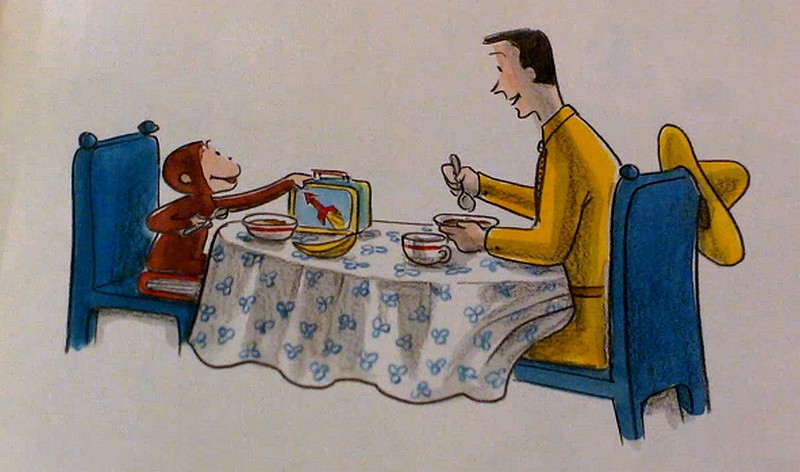
How Curious George Escaped Nazi Germany
So many of these stories are found to have occurred under impossible odds. What are the odds of these things happening in this order at this time?
Impossible.
But is the outcome a product of the dominoes falling in exactly the right place or would this story have happened by sheer will alone? Curious?
Welcome to Tracing the Path with Dan R Morris.
Alexander Pollock-Watt was the world’s first literary agent. Having grown up the son of a book binder and having a business mind, he wanted to represent authors in licensing, syndication, and merchandising efforts. Believe it or not, back in 1873.
And among the authors who flocked his way were Henry James, Rudyard Kipling, H. G. Wells, James Joyce, Thomas Hardy, and eventually his firm AP Watt would represent the Reys.
But that wouldn’t be for a while, because Hans Augusto Rey wasn’t even born until 1898 in Hamburg, Germany. His father was part of the German Parliament, the Reichstag, and so Hans, dutifully joined the army in 1916.
Unfortunately, Hans was a bit of a creative, which didn’t mesh well with his army duties, so he found himself spending a lot of time doodling and staring up into the heavens, looking for constellations among the stars.
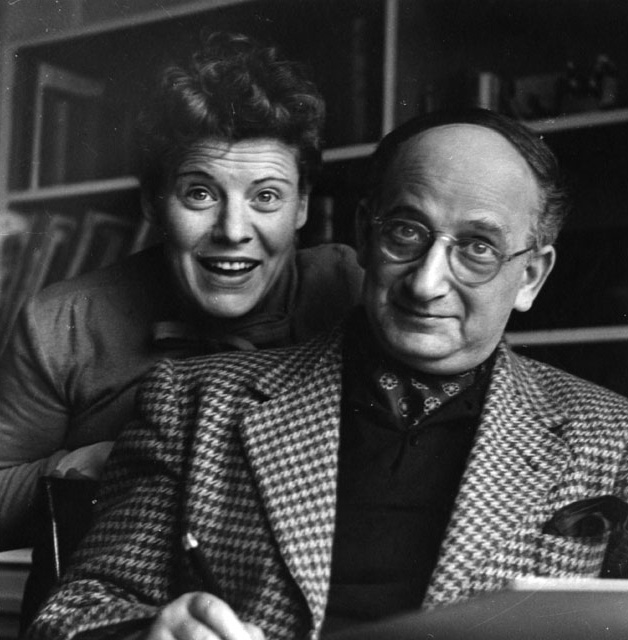
** FOR ONE-TIME USE ONLY WITH ANN LEVIN’S STORY SLUGGED: CURIOUS GEORGE ** In this 1940s image released by The Jewish Museum, Margret Rey, left, and her husband H.A. Rey, creators of the “Curious George” children’s books, are shown. (AP Photo/The Jewish Museum, H. A. & Margret Rey Papers, de Grummond Children’s Literature Collection, McCain Library and Archives, The University of Southern Mississippi)
When his service was over, he decided to work for his brother-in-law’s import export business, moving bathroom fixtures across the ocean between Munich and Rio. So he moved to Rio to help with the bookkeeping, while the job sounded rote, Rio sounded magical.
Rio
It was here in Rio that he would meet Margaret, the love of his life. Margaret was born in 1906, in the same town of Hamburg. In fact, she didn’t live far from Hans and was friends with Hans’ younger sister. It is said they even met at his sister’s 16th birthday party, but probably in the way any 24-year-old would meet his little sister’s friends.
Margaret was artsy and creative as well, and following school attended Bauhaus and the Düsseldorf Academy of Art in 1928. Sensing the rise of antisemitism in Hamburg, Margaret’s parents also thought it would be wise to move, so in 1930 they left for Brazil.
Living in San Paolo, Brazil, Margaret wouldn’t learn that Hans was there for several years. But when she heard that this artsy clever friend of her sisters was also in Brazil, living as an accountant for a bathroom fixture company, she decided to go to Rio to save his talents.
She sent a telegram asking him to meet her at the port, and he did. That was 1935.
Before that year was over, they would have started the first advertising company in Rio, gotten married, and taken off to Paris for their honeymoon. Once off the boat and fell in love with Paris, they knew their four-week honeymoon was going to be extended. They loved it so much they found a place to live and started working. Along with advertising clients, they found other kinds of work too.
Margaret worked as a copywriter. Hans sold cartoon doodles to the newspaper, made lithograph posters, and even got a job drawn maps for the Brazilian contingent at the 1937 World’s Fair.
But their lives changed in 1939, when an editor at the publishing firm Gallimard called Hans in and asked if he’d be interested in expanding on the cartoons he drew for the newspapers. Perhaps a children’s book.
Children’s Literature
Hans and Margaret went to work right away. Hans already had started a children’s book on a whim, while he was working at the world’s fair. It was about a penguin who traveled the world. With the world war going on, there wasn’t much travel. So they wrote a new one about a giraffe, Rafi, and nine monkeys, one of which was mischievous. Gallimard loved Rafi and published it right away, and asked if they’d be interested in writing a follow-up just about the mischevious monkey.
But being a French book publisher, they introduced Hans and Margaret to a friend in the publishing business in the UK, the longest-running book agency in the world, AP Watt. So in early 1940, they went to see about publishing Rafi in English. AP Watt thought it had great potential and took them to a great local publishing company, Chatto and Windus. Which brings a new face to our story.
Grace Weston Allen was born in Massachusetts in 1905. She was destined for books. She pursued English literature at Berkeley & Vassar. That was before her first job at Oxford University Press in New York as a staff writer and editor of children’s books. In 1936, she transferred to the London office and got married to David Hogarth, son of a university professor of Arab Studies.
David and Grace wanted to start a family, but her job had massive duties. So Grace reached out to another publisher, Chatto & Windus, who had a smaller catalog of children’s books, which she thought would give her more time to be a mom. Chatto & Windus had published some major works like Mark Twain, Aldous Huxley, Samuel Beckett, Robert Louis Stevenson, and H. G. Wells. Mark Twain once said, “Andrew Chatto was his only friend in the book business.
When Hans and Margaret arrived at Chatto, they were taken to meet with its newest children’s editor, Grace Hogarth. She loved Raffi, but wanted to change the spelling from R-A-F-I to R-A-F-F-Y. She also loved they were writing another book about the mischievous monkey, Fifi.
Happy with the offer from Chatto, they headed back to France only to find World War II right on their doorstep. Germany had entered France.
A Jewish couple with German accents and Brazilian passports in France was too risky. But they just had to wait for the Advance check from Chatto. Two days before the Germans made it to France on the ground, the Checks came. Air raids had already happened. The sounds of war were everywhere.
They grabbed their coats. The manuscripts, including the manuscript, to Fifi the Monkey, and looked to leave.
A mass exodus had already begun, one that would involve 2 million people. Having been told by the French and British governments that the Germans would never make it to Paris, Parisians were caught off guard.
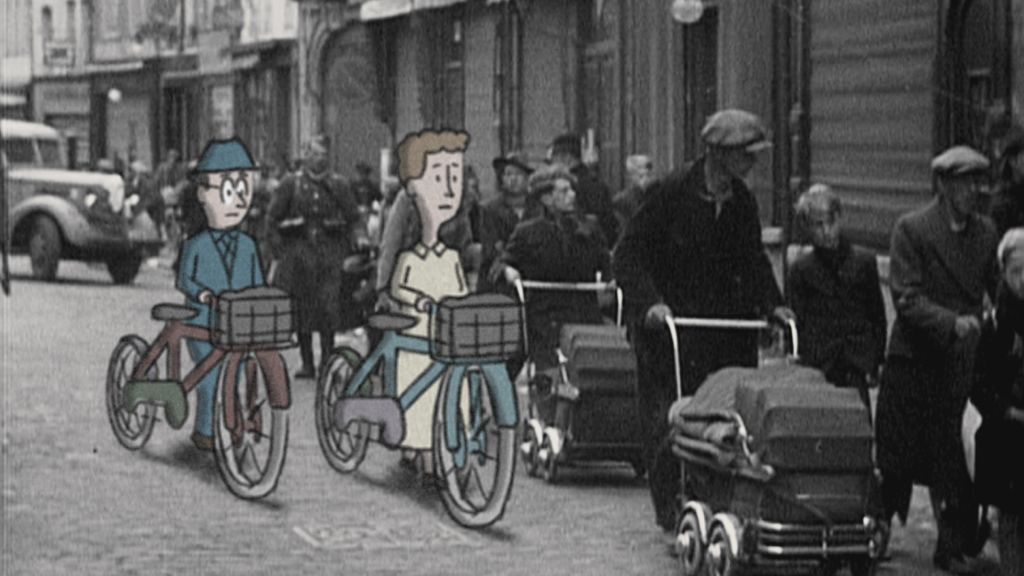
The Exodus from Germany
Rey’s publisher, Gaston Gallimard, fled to the safety of poet Joe Bousquets hasta on the coast. Author James Joyce fled to Switzerland where he would forever remain in exile.
All the cars were gone, buses full and trains blocked. Hans found a bike shop and purchased the last remaining bike, a tandem bike, but it didn’t work right. So he went back to the shop and bought all kinds of parts. Overnight, Hans turned a tandem bike into two separate bikes.
In a matter of days, Hans and Margaret peddled their homemade bikes 120 kilometers to Orleans, where they sold the bikes and bought train tickets to Lisbon, Portugal.
After many delays in waiting, they first made their way to Rio, then a few months later to America in October of 1940.
The scary face of war affected Grace Holgarth as well. With a baby in her arms, she was homesick. So she left David in the UK and made her way to Boston. There, she convinced the book publisher, Houghton Mifflin, to start a children’s book division and was awarded the job to make it happen.
Eager to make a good impression, she reached out to all her authors from the UK. For the Reyes, she had a Paris address and an emergency address for Margaret’s Sister in New York. She was surprised when the Reyes showed up with tales of homemade bikes and cannons blasting.
Grace was eager to publish Raffy in the United States, but Hans and Margaret had a different idea. They brought their story of Fifi, the mischievous monkey, which Grace loved, while she still wanted Raffy, she chose to publish Fifi first, but quickly changed the name to Curious George.
And in 1941, along with two other famous books, Johnny Tremaine, by Esther Forbes, and Calico the Wonder Horse by Virginia Lee Burton, Grace Hogarth also published the first curious George under the name of H.A. Rey to distinguish it from the overwhelming female authored children’s books.
Chatto and Windus published Curious George in the UK the year after, but they also had to change the name. At that time George was the monarch, and curious meant gay. So they titled the book “Zozo”.
And then Grace published Raffy, the book about the giraffe, but changed the name in the US to Cecily G.
Starry Starry Night
Over the next few years, Hans and Margaret would write more books about George, but they didn’t focus entirely on it. For several years, few copies were sold, and in 1945, more were returned than purchased.
Although one reason was the World War II paper rationing, which severely limited children’s books. One of the cartoons Margaret had in Good Housekeeping Magazine, Pretzel the Dog, also became a book.
And then in 1952, Hans fulfilled a dream that started out as a soldier. Hans had spent a great deal of time staring at the constellations, trying to find the ones he saw in books, but never understood why they were drawn as dots and lines. The only ones that ever looked right were the big dipper and the little dipper.
The constellation Leo looked like a coat hanger, a simple triangle and a hook on the top. But why not a lion? Pegasus was just random lines. Why not the shape of a horse?
So in 1952 he published a book called The Stars, and forever re-imagined how we look at constellations. Then in 1958, when the first readers of Curious George started having kids of their own, sales of the books picked up tremendously. And with the publication of Curious George Flies A Kite, Margaret’s name gets added back to the book.
Their final book together in 1966 was Curious George Goes to the Hospital.
At that time, Grace Hogarth was no longer their editor. A new director, Walter Lorraine, was handling the Reys. Walter recalls there wasn’t much editing to do. Hans knew what he wanted. Hans and Margaret’s penguin story only surfaced once more, in 1954.
Margaret and Ursula Nordstrom became the best of friends. Ursula was the book editor for Harper and Row. She was a celebrity in the book world. Having published Goodnight Moon, Stuart Little, Charlotte’s web, and Harold and the Paper Crayon. And before her career was over, she’d published Danny and The Dinosaur, Where the Wild Things Are, The Giving Tree, and Where the Sidewalk Ends among others.
Ursula saw their penguin’s story, noted it was too long and said she’d be interested to see it again. Beyond publishing with Ursula, Margaret helped edit books, like Jesse Jackson’s first novel, “Call Me Charlie.” And Hans illustrated Charlotte Zolotows book, “The Park.”
And actually, Hans introduced Gene Zion to Ursula. Gene and his wife would become famous for their “Harry the Dirty Dog” books.
Curious George Meets TV
In the 50s, when sales of Curious George were starting to take hold, there was a children’s show on TV that captured the attention of the audience. Winky Dink and You.
Winky Dink was revolutionary at the time. The show asked children to mail in 50 cents to get a Winky Dink pack of special markers and a thin, clear film to put on the TV screen. Then during the show, kids actually drew on the static cling film.
Winking Dink gave them connect the dots activities and others, transforming the TV screen into an interactive appliance. Even Bill Gates has commented that Winky Dink and You was the advent of the interactive screen.
Well, a producer of that show, Alan Schallock, contacted Margaret in 1977 to see if she would be interested in turning Curious George into a TV show. Sadly, Hans had just passed away, but thought he would be so honored to see George on TV.
Through the 80s, the two of them co-wrote 100 shows, more children’s books, audiobooks, and merchandise. For their editor Walter Lorraine, Curious George Goes to the Hospital, kicked off an illustrious career for Walter.
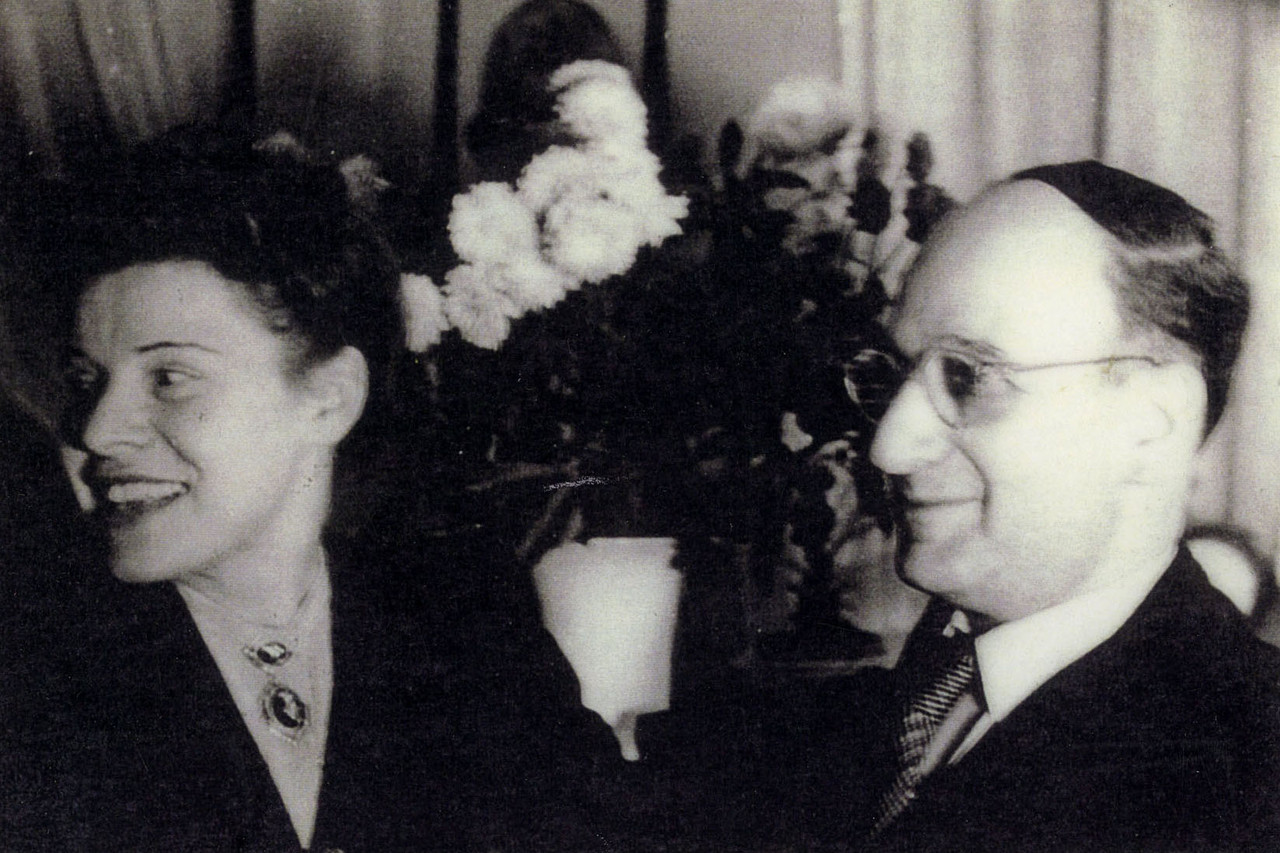
Not only did he find and publish Island of the Blue Dolphins, Lyle Crocodile, George and Martha and The Giver, but also two authors that still greatly impact us today.
Walter was a Rhode Island School of Design graduate when a fellow graduate came in and pitched the idea of a Gargoyle Book. In the pitch, Walter could see he had a passion for Gothic architecture and backgrounds and asked him to come back with a book based on that. David MacCaulay returned with his book Cathedral, and together they walked away with the Caldecott Medal.
And then David McCaulay asked Walter thought of some drawings a friend had done. Walter suggested he turn those drawings into a children’s book, of course.
When his friend returned, he had a wonderful book titled “The Garden of Abdul Gasazi.” You may not know that book, but you surely know the next ones he wrote Jumanji, Zathoura and The Polar Express. Yes, Walter Lorraine found Chris Van Allsburg.
Margaret would get a chance to read all three and see Jumanji the movie before she passed away in 1996. She wouldn’t get to see the Curious George movie they started working on with Imagine Entertainment in 1992 as it didn’t release until 2006. But she may have seen Will Ferrell’s first year on Saturday Night Live, not knowing he’d become the man in the yellow hat.
Finally in 1999 Anita Silvey, Margaret’s publisher at Houghton, was looking through all the notes and unpublished works of the Reys, which they had willed to the deGrummon Children’s Lit Collection in Hattiesburg, Mississippi, when she stumbled upon a completed manuscript that had been tucked away.
And inside the front cover was a Paris address.
The Reys had stowed more than Curious George in their bicycle basket on their way out of Paris.
It was the story of WhiteBlack the penguin, a character never before seen other than Ursula. Being a Jewish couple ostracized from their homeland of Germany, evidence of unity and tolerance would be found in many of their books.
In this book, the penguins name was WhiteBlack. In their book Spotty, a rabbit, was ostracized for being different. And Zebraology, the Reys pondered weather, a zebra was black with white stripes, or white with black stripes, or whether it mattered at all. It didn’t for them.
Anita would publish the penguin story 63 years after it was written, in 2000. Titled, WhiteBlack, the Penguin Sees the World,” it is the story of a penguin who has run out of stories for his radio show and decides to travel the globe looking for new ones.
Hans and Margaret never had this problem.
Margaret and Hans passed away with a story most would only dream of having. The most important moment in their story was in 1935 when Margaret arrived in Rio to save her clever and artistic friend Hans from a life of numbers as an accountant. And so doing began a love story.
Don’t ignore those moments or people in your life who value your greatest gifts. No matter how hard, follow their lead. It always got Curious George in Trouble, but it also led to 75 million books sold.
Welcome to Tracing the Path with Dan R Morris.
CUTTING ROOM FLOOR
To hear all the stories that hit the cutting room floor, you have to listen to the episode.
ABOUT THE SHOW
Let us tell you the story of the 20th Century, by tracing each event back to the original decisions that shaped it. You’ll quickly find out that everybody and everything is connected. If you thought you understood the 20th Century, you’re in for a treat.
Tracing the Path is inspired by storytellers like Paul Harvey, Charles Kuralt, and Andy Rooney.
INTERCONNECTED EPISODES
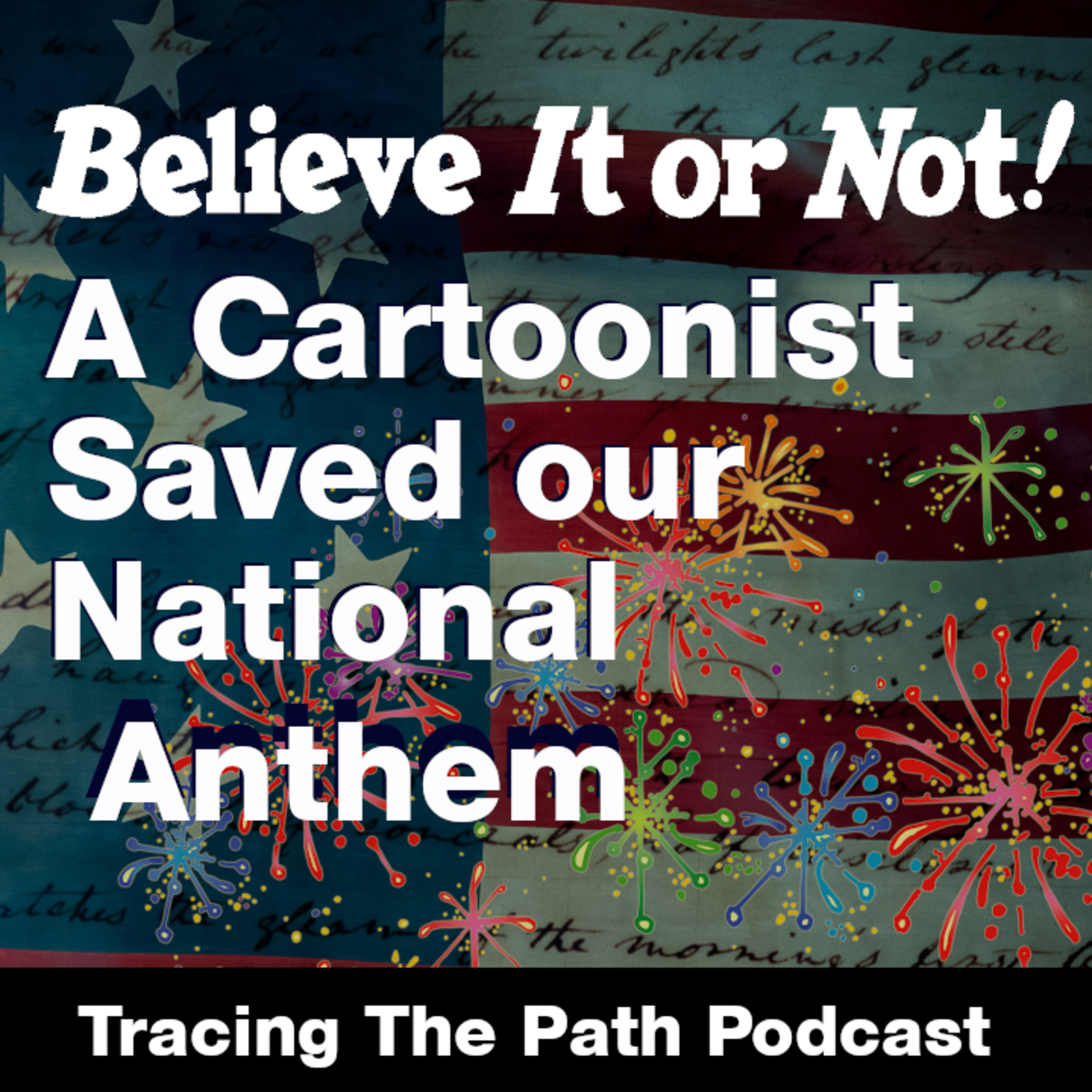 |
Believe it or Not? A cartoonist saved our national anthem. And not just a cartoonist, an American Military March composer as well. |
 |
Will Winnie The Pooh Ever Find Freedom? Changing the rules of public domain has become big business. |
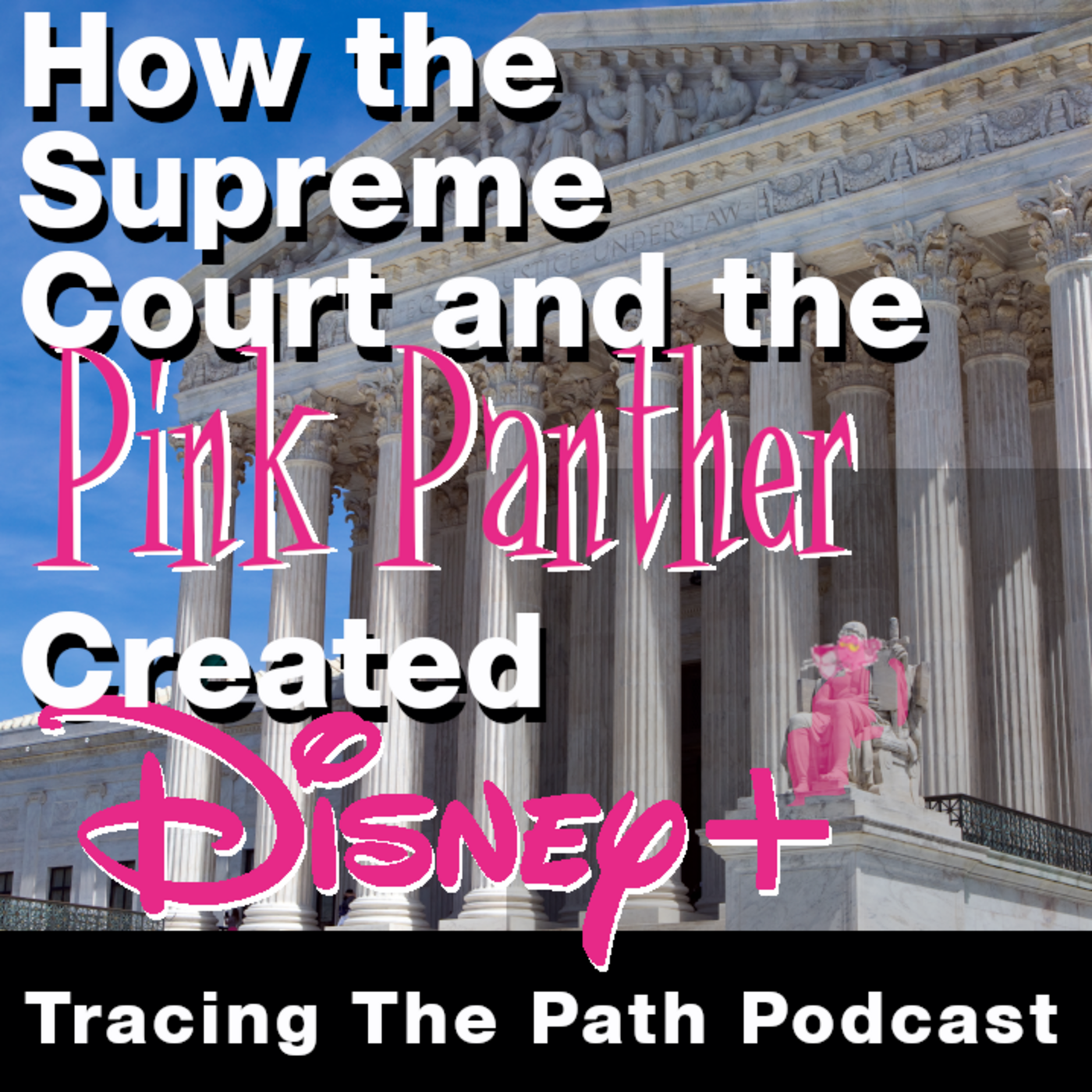 |
How the Supreme Court and the Pink Panther Created Disney+ This will actually surprise you. And yay! for the Independent Pink Cat. |
SEE THE BIBLIOGRAPHY
SUBSCRIBE AND LISTEN (FOR FREE!)
RATINGS & REVIEWS
If you enjoy this podcast, please give it a rating and review.Positive ratings and reviews help bring Tracing The Path to the attention of other history lovers who may not be aware of our show.



